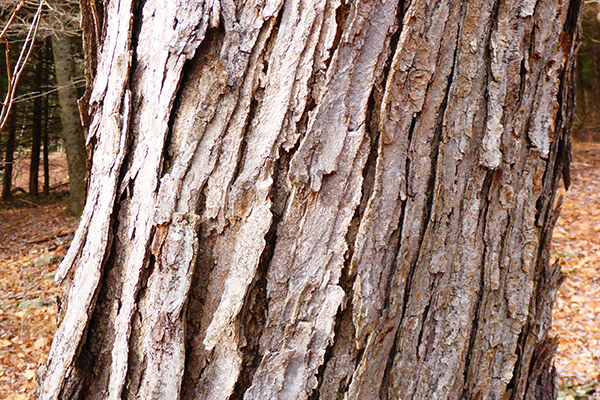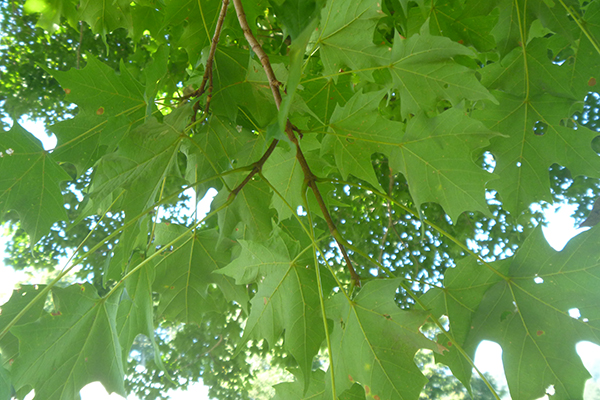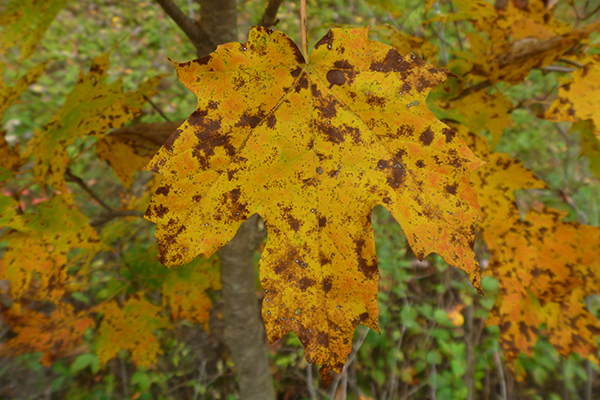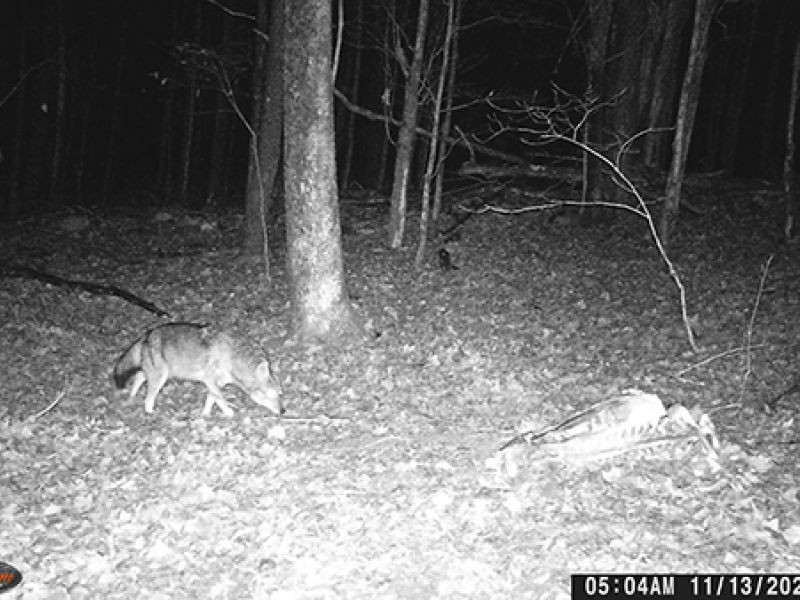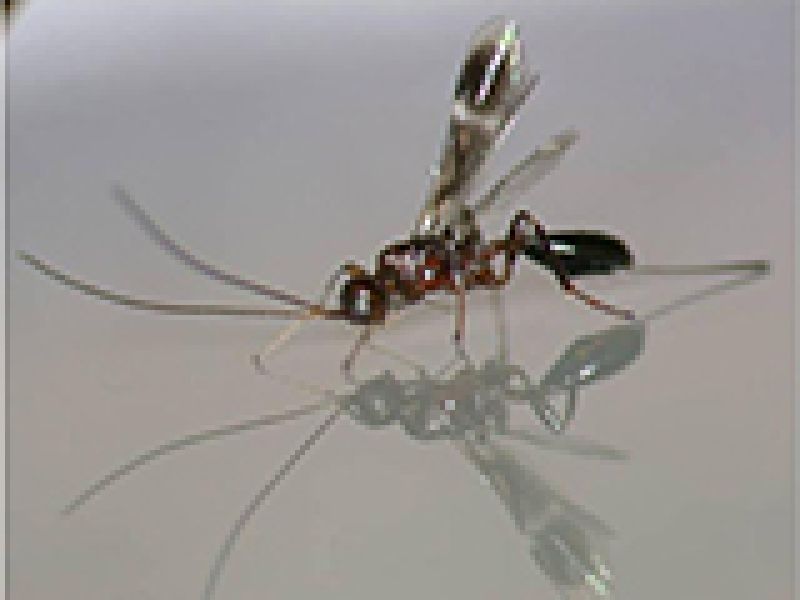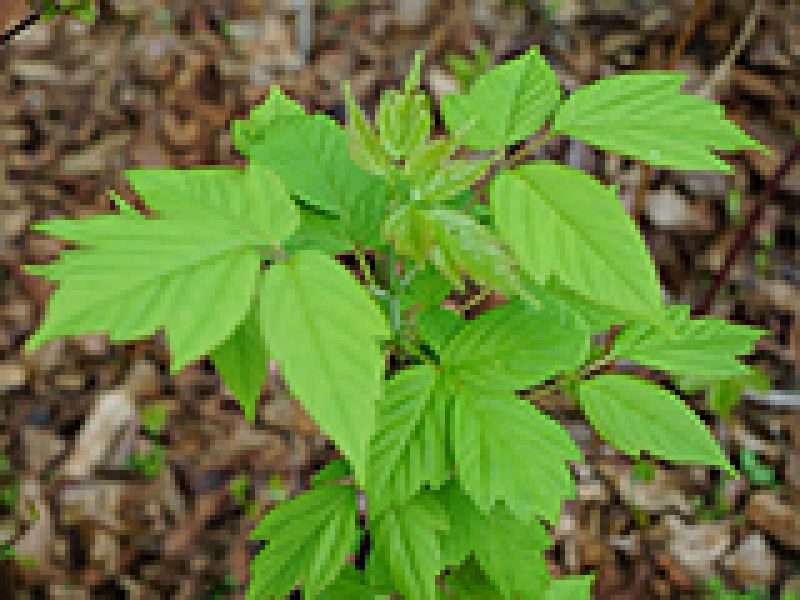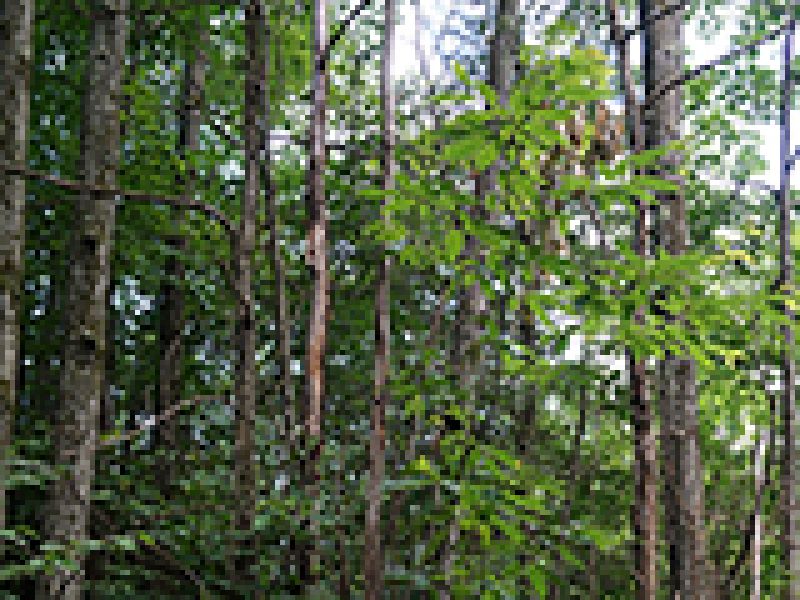MyWoodlot team member Tom Pavlesich has posted about his experience tapping the maple trees in his backyard and then using the sap to make maple syrup. If Tom’s posts have inspired you to tap some maples yourself, one of the first things you’ll need to know is how to identify different kinds of maple trees
MyWoodlot team member Tom Pavlesich has posted about his experience tapping the maple trees in his backyard and then using the sap to make maple syrup. If Tom’s posts have inspired you to tap some maples yourself, one of the first things you’ll need to know is how to identify different kinds of maple trees. Only certain ones are well-suited for tapping. In this post we’ll cover three common maples you might find in your yard or woods and explain tricks you can use to differentiate these seemingly-similar trees.
Before you set out to identify different kinds of maples, make sure you know you’re looking at a maple to begin with. This blog post from MyWoodlot team member Karl VonBerg walks you through how to identify a maple based on its bark and branching.
Red Maple
Red maple deserves its name. When you want to identify this species, think red. Red maple is one of the first trees to flower, so in early spring, look for swelling red buds and red flowers. Against a clear blue sky, that red is hard to miss:
In the fall, look for red again, this time on the leaves:
Whatever color the leaves are, a good clue to red maple is the rounded base of the leaf. When we look at Norway and sugar maple leaves coming up, you’ll notice that they have bigger, more distinct bottom lobes than red maple leaves do. A red maple leaf often looks like it only has three lobes, while the Norway and sugar maples tend to look like they have five. You can also look at the edges of the leaf for a jagged sawtooth pattern. Red maples have that, but Norway and sugar maples have smooth-edged leaves.
Bark is another good indicator for red maple. When they’re small, red maples tend to have smooth, grayish bark that can sometimes look like American beech:
As the tree ages, that bark tends to split into vertical plates:
Norway Maple
Norway and sugar maples can look similar to the untrained eye. Their leaves in particular can look almost identical:
Norway maple (top) and sugar maple (bottom) have similar leaves. You’ll need other tricks to separate them.
One way to tell apart these trees is to pluck a leaf. On Norway maples, a white, milky fluid will flow out of the spot where the leaf joined up with the tree:

When you pluck a Norway maple leaf where it connects to the tree branch, you’ll see a milky white liquid. Photo credit: Leslie J. Mehrhoff, University of Connecticut, Bugwood.org
In early fall, you can also look for the seeds to tell these two apart. The samaras (the technical term for the maple’s “helicopters”) have a wide angle on Norway maples (I’ve heard them referred to as “coat-hanger” shaped). On sugar maples, the helicopter is more of a horseshoe:


Norway maples have wide coat-hanger helicopters (top), while sugar maples have horseshoe-shaped ones (bottom). Photo credits: Jan Samanek, Phytosanitary Administration, Bugwood.org (Norway maple), Paul Wray, Iowa State University, Bugwood.org (sugar maple)
Norway maples are invasive plants and provide little for wildlife, so avoid planting them. If you already have Norway maples on your property, consider removing and replacing them with a native maple tree like a red or sugar maple.
Sugar Maple
As its name suggests, sugar maple is what you’re looking for if you want to tap trees for maple syrup. Although you can tap other kinds of maples, sugar maples provide more sap with a better flavor.
So how do you identify this sweet tree? Well, if you’ve already ruled out red and Norway maples, chances are pretty good you’re looking at a sugar maple. But just to be sure, here are some tips:
With their five distinct lobes, sugar maple leaves are the iconic maple leaf. Think Canadian flag, eh?
Sugar maple bark can be tricky, because unlike a lot of other trees, there’s a lot of variation. Generally you're looking for bark that’s separated into a lot of tight vertical plates:
If you aren’t sure if the bark is sugar maple or red maple, a trick is to pick at the bark with your fingers. If you can peel off bark plates without much trouble, odds are you’re looking at a red maple. If the bark stays stubbornly attached to the tree, that’s a sugar maple.
Want more tree identification tips? Check out our MyWoodlot tree ID resources here!



